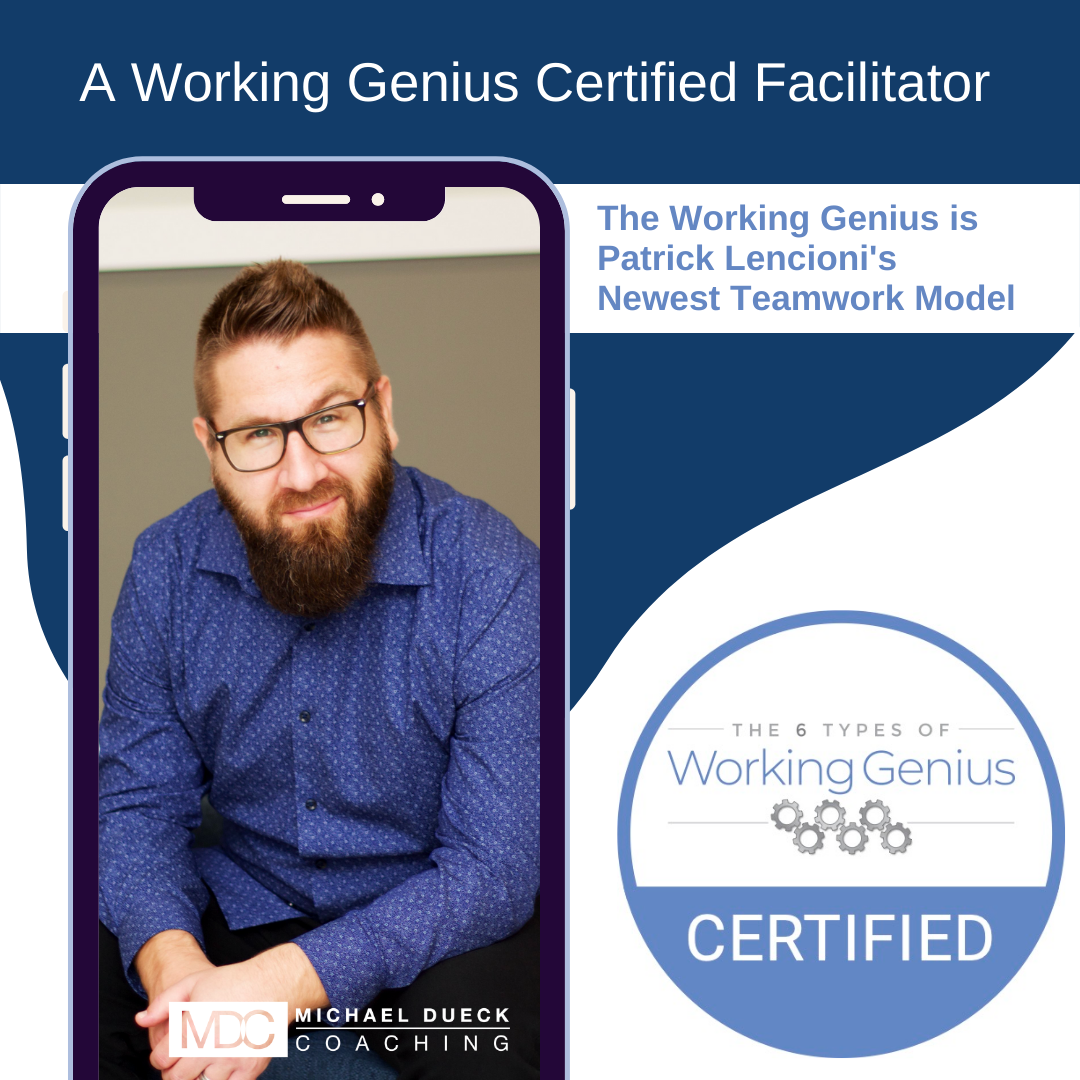Invention Needs the Clarity of Why
When Invention is working well on your team, there’s no question about your ability to solve complex problems, create great products, serve your clients, and take new ground. Your team will carry a sense of confidence because of this.
Invention may be the most obvious activity to point out and label as a ‘genius,’. But it requires discipline and leadership. Without parameters and direction, the positive impact of the disruptive nature of Invention (challenging the status quo and providing new solutions) can quickly become negative.
How, you may ask?
Well, it can be a bit like playing darts with a blindfold on if there isn’t a clear and relevant problem that you’re tackling.
In essence, there needs to be a solid ‘why’ behind your idea that defines its value. Without this understanding, you’re left hoping that your innovative creations hit the target and resonate with your clients, audience, or team.
Here are TWO quick tips to ensure Invention is not overused or misused:
1. Start with Wonder – Slow down enough to identify shiny object syndrome.
This may be especially true for those with Invention as a Genius because they are quick to enthusiastically respond with, “Let’s tackle this!”.
What happens when you slow down?
You’re able to set aside the hype or the pressure to find a solution immediately. Doing so allows you to pause and evaluate the larger picture.
No one wants to find themselves six months later only to realize they spent energy, time and resources on a “symptom” instead of the underlying cause.
Essentially, you want to create a check-in point to ensure that Wonder has occurred to a point of real clarity.
Secondly, slowing down prevents premature movement towards implementation (Enablement & Tenacity). Doing so allows you to establish a pace that is suitable for Discernment to take place.
2. Your True North: Vision & Purpose
The allure of invention can sometimes lead teams astray. This can be especially true because the Invention Geniuses among you naturally revel in conjuring novel concepts and fixes. But remember, staying anchored is essential.
How can you do that?
Pose fundamental queries: “What challenge are we unraveling?” and “Does addressing this challenge align seamlessly with our organization’s vision, mission, and values?”
Queries such as these function as your compass. They bring balance to the enthusiasm of novelty with the path of purpose. By intertwining your innovations with your organizational essence, you avoid the trap of falling for superficial hype and sustain your allegiance to your broader vision.
In conclusion, invention, when utilized appropriately, fuels your team’s potential for remarkable feats. It is a transformative force that can birth solutions to the most intricate problems, provided it is preceded with Wonder.
Don’t permit invention to overshadow the crucial art of problem definition, and always ensure your novel ideas are firmly grounded in the bedrock of your organization’s identity.
So, let’s the stage for Invention to flourish on your team. Because when leaders facilitate the activity of Invention well, teams will improve their ability to innovate and move their organization forward.
Remember, it’s not just about hitting the target—it’s about making sure you’re aiming at the right one.
A Couple Ideas
It’s worth mentioning that some teams may not have a hard time slowing down but rather have a harder time moving ahead. Whether it’s analysis paralysis or a lack of Genius representation in the latter activities of work, the key is to identify team blindspots, understand why they exist and how to begin to address them.
You can begin to answer these questions with a Working Genius Team Map, where you take an objective look at who you have on the team. Once you begin to see what energizes and comes naturally to your team and what doesn’t, you can begin to identify and address any blindspots you may not have seen or didn’t understand prior.
Additionally, here’s a few suggestions you can do to lead the Genius of Invention:
- Build in time to sit in Wonder long enough to zoom out and identify where you need to place your efforts.
- Give permission to sit with unanswered questions. To some, this will sound unproductive and boring.
- Create team language and practices such as standard timeframes before implementing or questions that are always asked before taking action. This normalizes slowing down.
- Identify major limitations or constraints that are out of your control earlier rather than later. This provides context and may boost creativity when we understand the parameters invention must occur within.
- When in the activity of Invention, be aware of the temptation to give feedback or tweak a solution too soon into the conversation. The time will come for feedback, but given too soon, it can be discouraging as it slows creative momentum.
Wait for an idea to formulate and then move into the “Invention – Discernment Loop,” where we refine and reinvent solutions after feedback has identified challenges or limitations that will come into play.
So let me ask if you want to…
- Avoid team turbulence and the frustration it creates?
- See your team collaborate better and increase effectiveness?
- Redeem future time from being wasted in meetings?
- Take your team to the next level?
- Experience less guilt and judgment on your team?
Then take Working Genius for a Test Drive!
I’m convinced that the Working Genius will help you to adjust and improve your team’s productivity and morale at work. If you lead a team, it’s worth seeing firsthand how this model can change the game for your team.
I can’t convince you BUT that’s what the test drive is for. Allow me to give you an inside look at a team workshop. If it resonates, we’ll set it up for your entire team to experience The Working Genius.

